Event-Driven & API-First Architecture: The New Norm in Modern Software
In the fast-evolving digital landscape, businesses demand software that is flexible, scalable, and responsive. Event-driven and API-first architectures have emerged as the backbone of modern applications, enabling seamless integration, faster development cycles, and real-time responsiveness.
Event-Driven Architecture (EDA) focuses on reacting to events—changes in state or user actions—allowing systems to respond instantly. This approach ensures decoupled, scalable, and resilient systems that can handle high volumes of data and traffic.
API-First Architecture emphasizes designing and building robust APIs before implementing the application itself. APIs become the central contract through which different services, applications, or even third-party systems communicate. This approach fosters interoperability, reusability, and easier integration across platforms.
Together, these architectures empower businesses to:
-
Build modular, scalable applications
-
Enable real-time data processing
-
Support cross-platform integrations
-
Accelerate time-to-market for new features
Quote: “Event-driven and API-first architectures aren’t just trends—they’re the foundation for the responsive, interconnected systems of tomorrow.”
Frequently Asked Questions (FAQs)
Q1: What is the main difference between event-driven and API-first architectures?
A: Event-driven focuses on reacting to events in real-time, while API-first ensures all services communicate through well-defined APIs. Together, they complement each other to build scalable and decoupled systems.
Q2: Why are these architectures becoming the norm?
A: Modern applications require real-time responsiveness, scalability, and easy integration. Event-driven and API-first approaches address these needs efficiently, making them a preferred choice for enterprises.
Q3: Can traditional applications benefit from adopting these architectures?
A: Yes. Even legacy systems can be refactored incrementally to adopt event-driven patterns or API-first designs to improve performance and integration capabilities.
Q4: How does event-driven architecture improve system performance?
A: By processing events asynchronously and decoupling services, EDA reduces bottlenecks, improves responsiveness, and scales more efficiently under high loads.
Q5: What industries are using these architectures most effectively?
A: Finance, e-commerce, IoT, telecommunications, and logistics industries are leading the adoption due to the need for real-time data processing and seamless integration.













 2025. All rights reserved
2025. All rights reserved